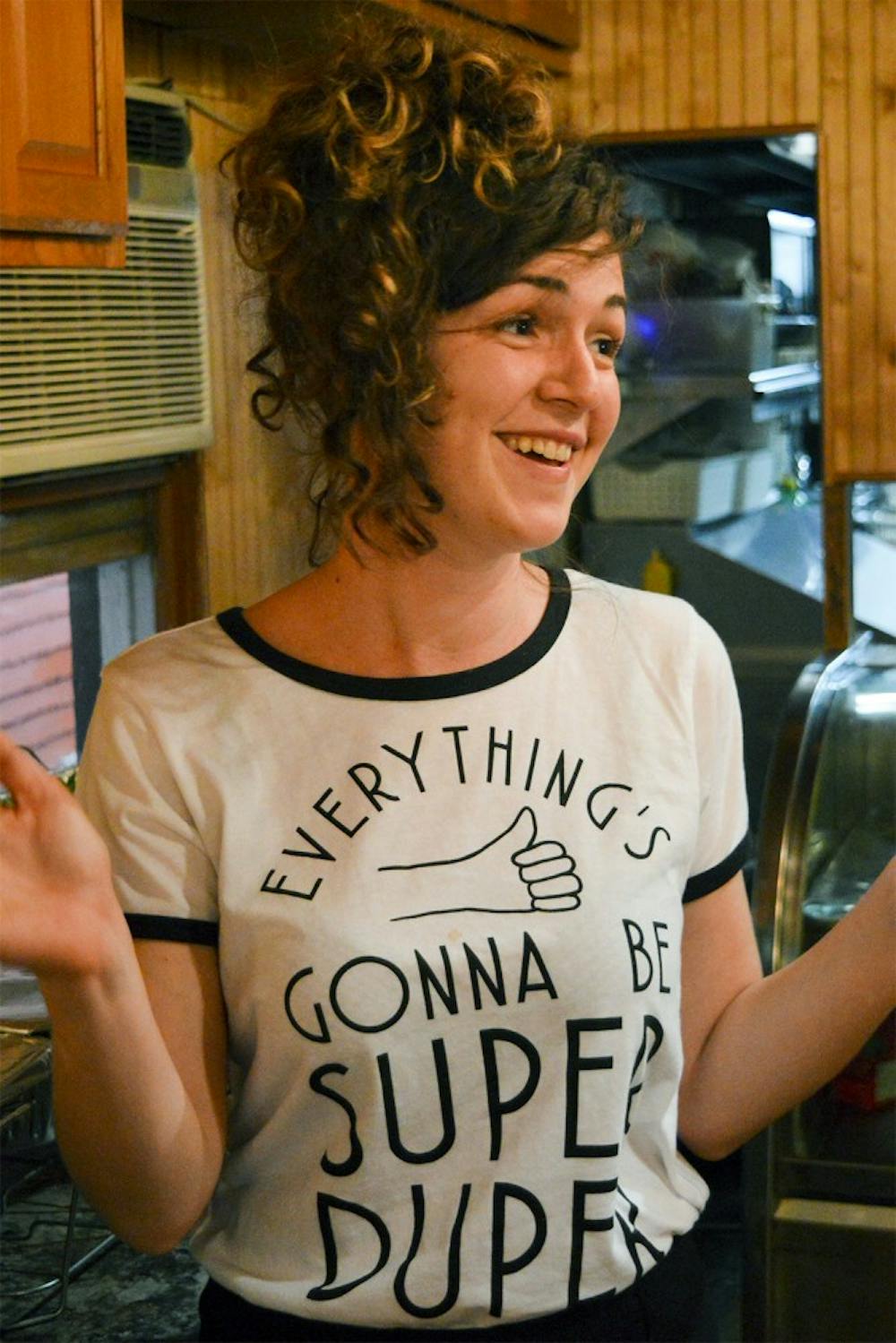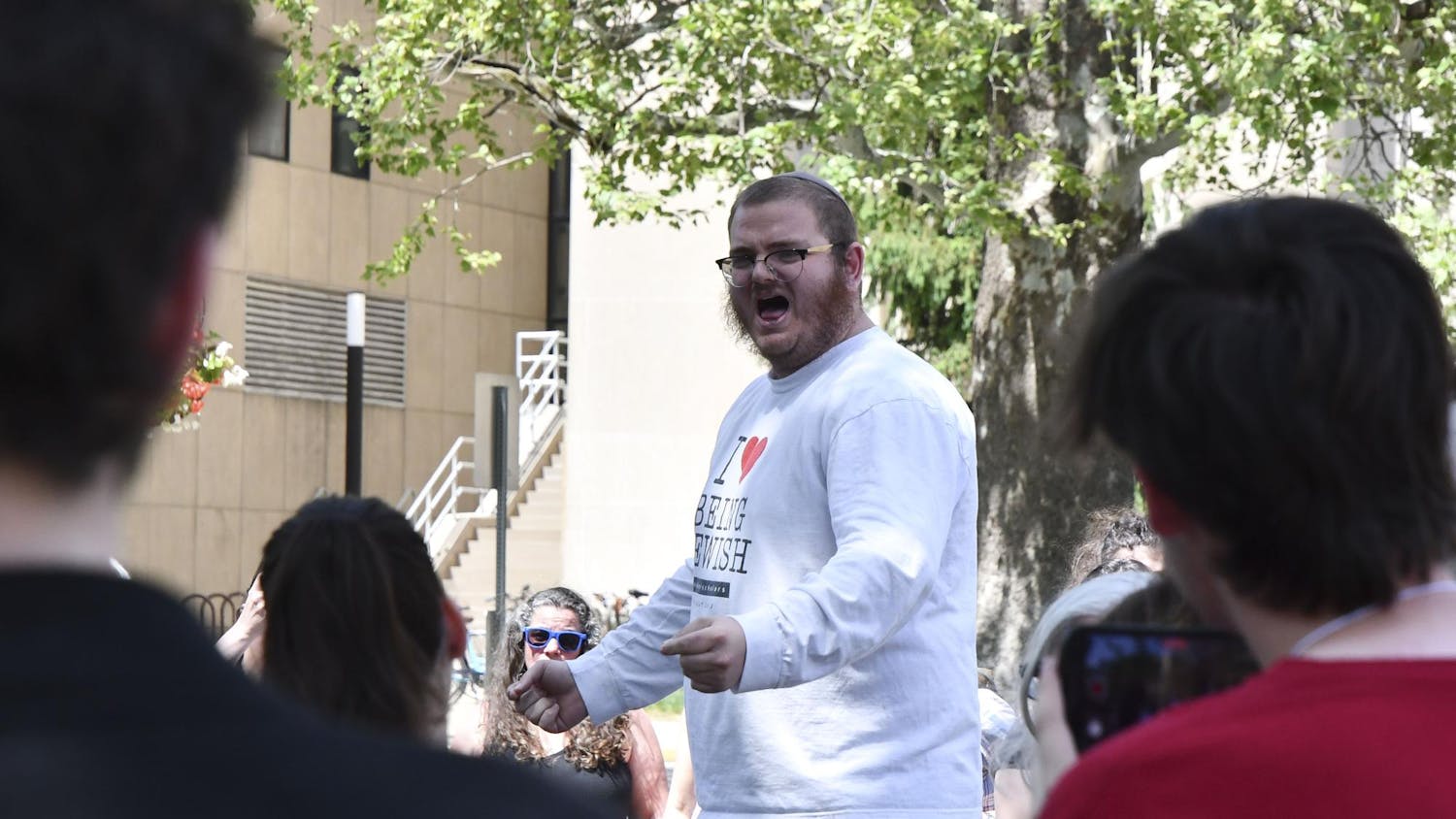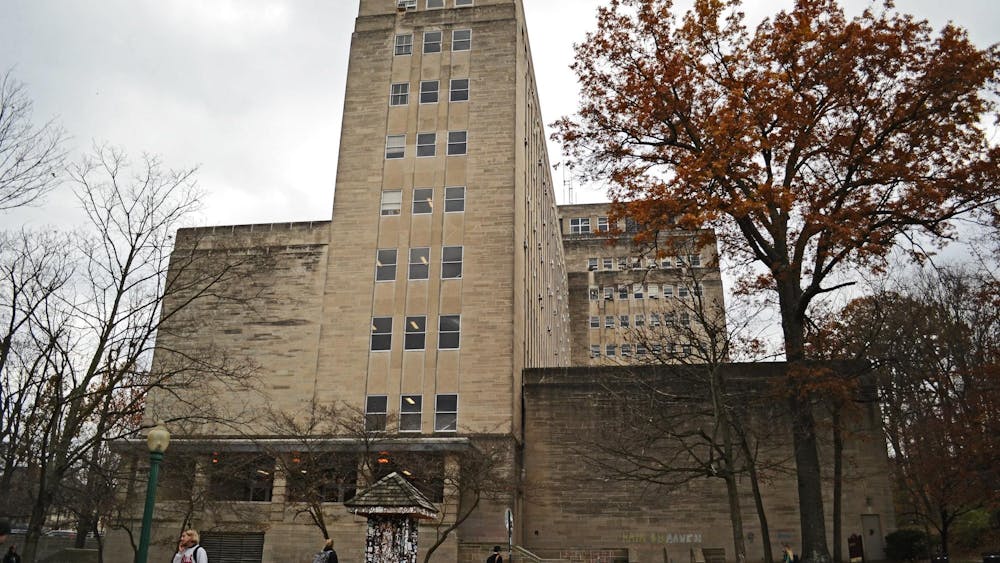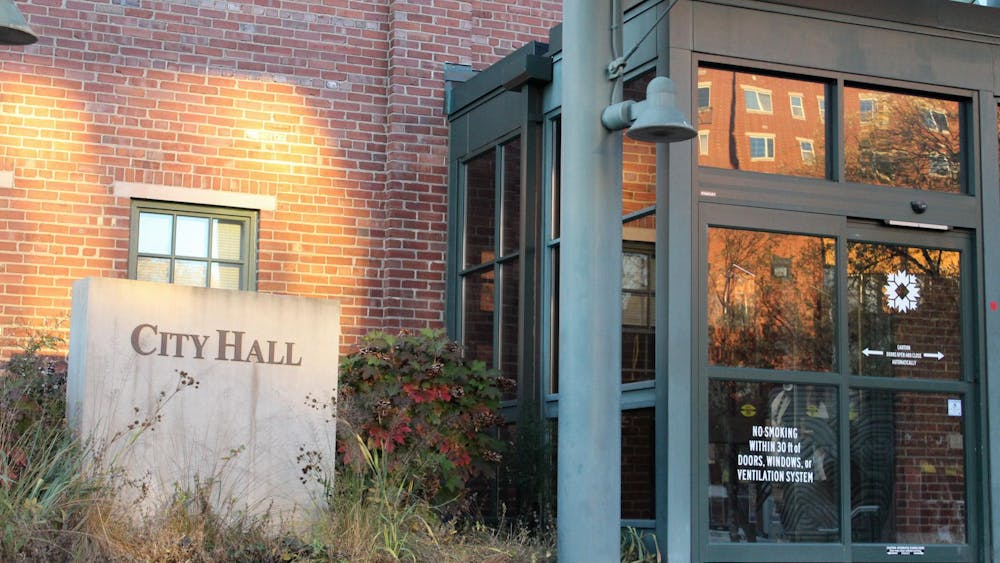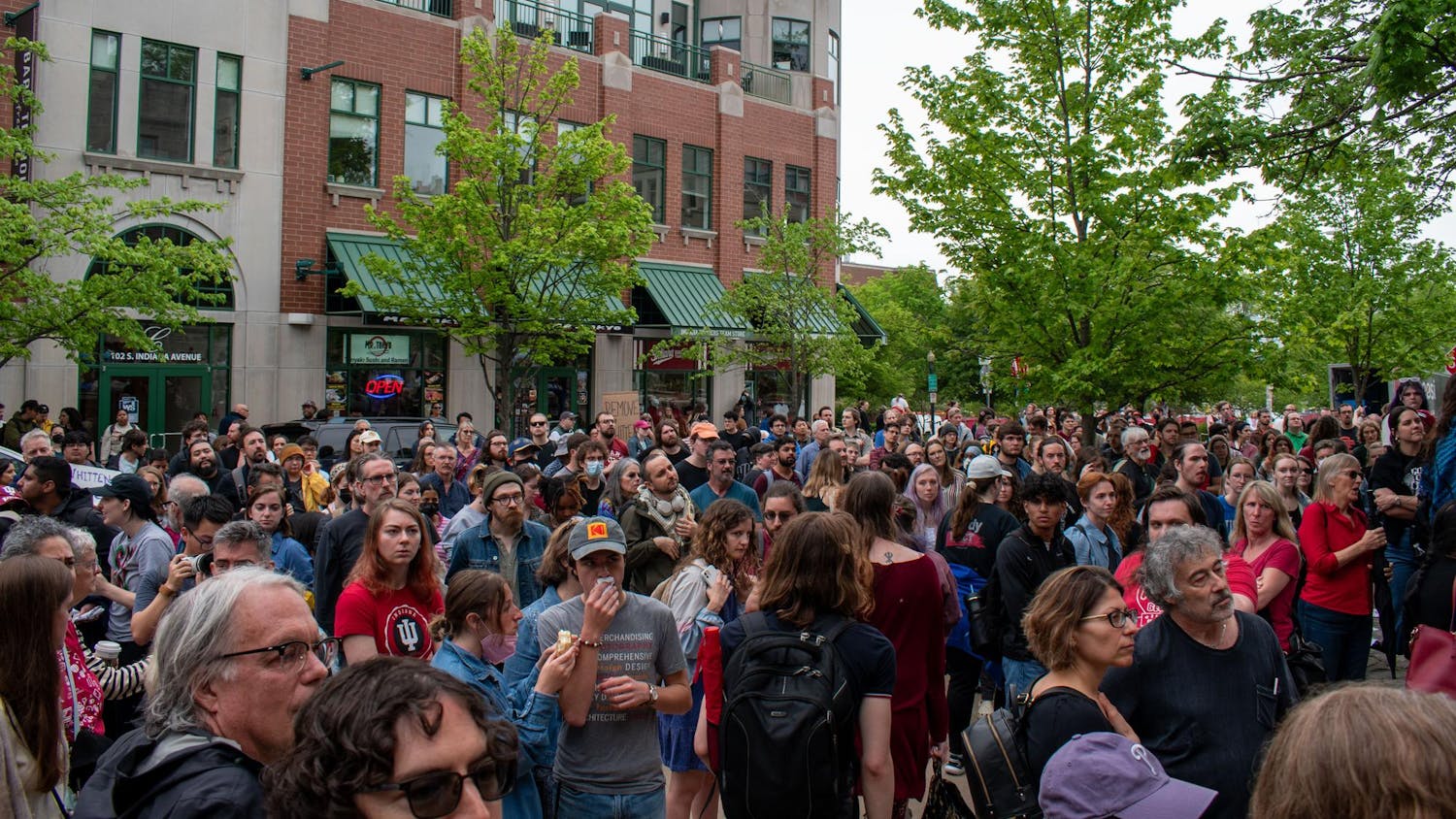James Jackson and Elira Kadriu, two Bloomington residents who have traveled to the city from their homes abroad, said they think Bloomington is a diverse place.
However, Bloomington’s population is 83 percent white, according to data from the 2010 United States census.
The minority population includes 4.6 percent African-American, 8 percent Asian and 3.5 percent Hispanic or Latino.
Fourth Street is home to ethnic restaurants that offer authentic foods from around the world. IU had 8,798 international students were enrolled during the fall 2015 semester.
Jackson, 27, was born in Egypt. His first language was Arabic, but he moved to the U.S. when he was young and lost his accent over time. He said Bloomington has a fairly rich blend of people and cultures.
Jackson has lived in Bloomington for about a year because his father and stepfather either are or have previously been professors at IU.
“Bloomington has got sort of a different feel to it, sort of like a San Francisco-of-Indiana type of feel, so I stuck around,” Jackson said.
Jackson received a degree in sociology from the University of Michigan and is studying for his LSAT before going to law school. Although he said he thinks the city is diverse, he also has experienced discrimination since he’s been here.
“There’s a lot of micro-aggressions,” he said. “I don’t like that overly sensitive-sounding collegiate term, but it is what it is. As far as this overt, blatant Jim Crow-style stuff, no, but as far as the sort of the hidden, subtle blended structural biases, definitely.”
The number of discrimination complaints has decreased through the years, Director of the City of Bloomington Human Rights Commission Barbara McKinney said. She said she noticed the trend after she started working there in 1989.
“We don’t get a huge number,” she said. “When I first started here, we got 20 or so a year, and now it’s usually 10 or fewer a year.”
Bloomington’s being further south would lead people to assume residents would be racist, Jackson said. But after observing, he found that was not the case.
“There’s more blending going on here,” Jackson said. “So, like, in Michigan there’s pockets of white and black people, whereas here there doesn’t seem to be a concentration of black folks, per se, it’s more just peppered among the population.”
Kadriu, 25, came to the U.S. three months ago from Albania, where she received a master’s degree in journalism. Kadriu likes that people in Bloomington are very international, she said.
“I don’t feel, like, strange,” Kadriu said. “It’s comfortable. They are just very kind all of the time, always asking questions about Europe.”
Kadriu said she is considering looking for an internship. She said she came to Bloomington because her best friend moved here with her family four years ago and always urged Kadriu to come. She is struggling with transferring her credits to American universities.
“I want to be content with people and practice English more,” Kadriu said. “This is a normal conversation and is good, but if I want to work as a journalist, it will be a little bit harder because they have a high level of journalist language. I’m trying now by reading everyday articles.”
Bloomington tries to make everyone feel comfortable by being as welcoming as possible, McKinney said.
The commission McKinney directs investigates complaints of discrimination and seeks to resolve matters in ways that keep discrimination from recurring, McKinney said.
“I think Bloomington is a special place in Indiana because we are a more diverse community than a lot of communities,” McKinney said. “We want to be welcoming, we want that diverse population here.”

